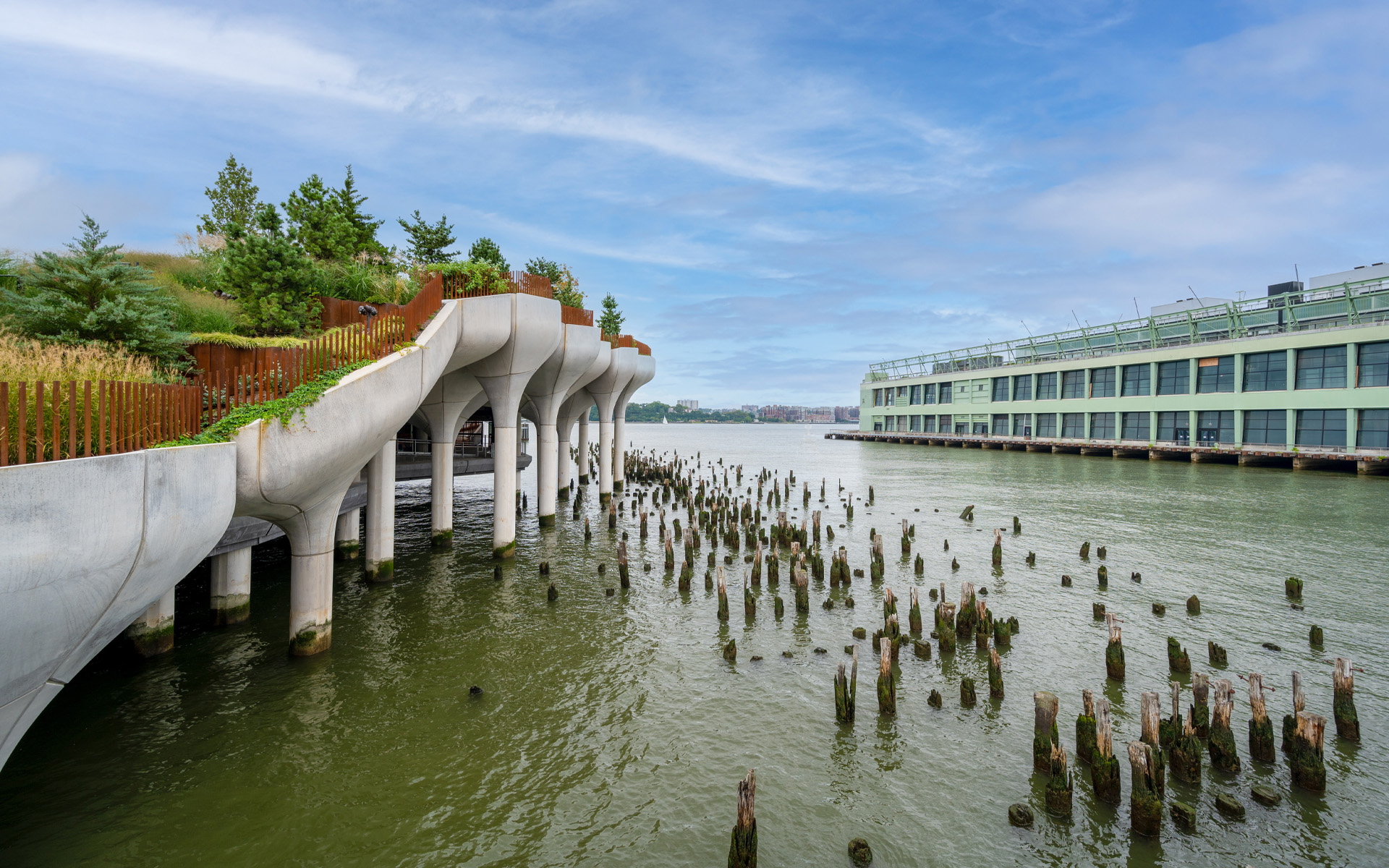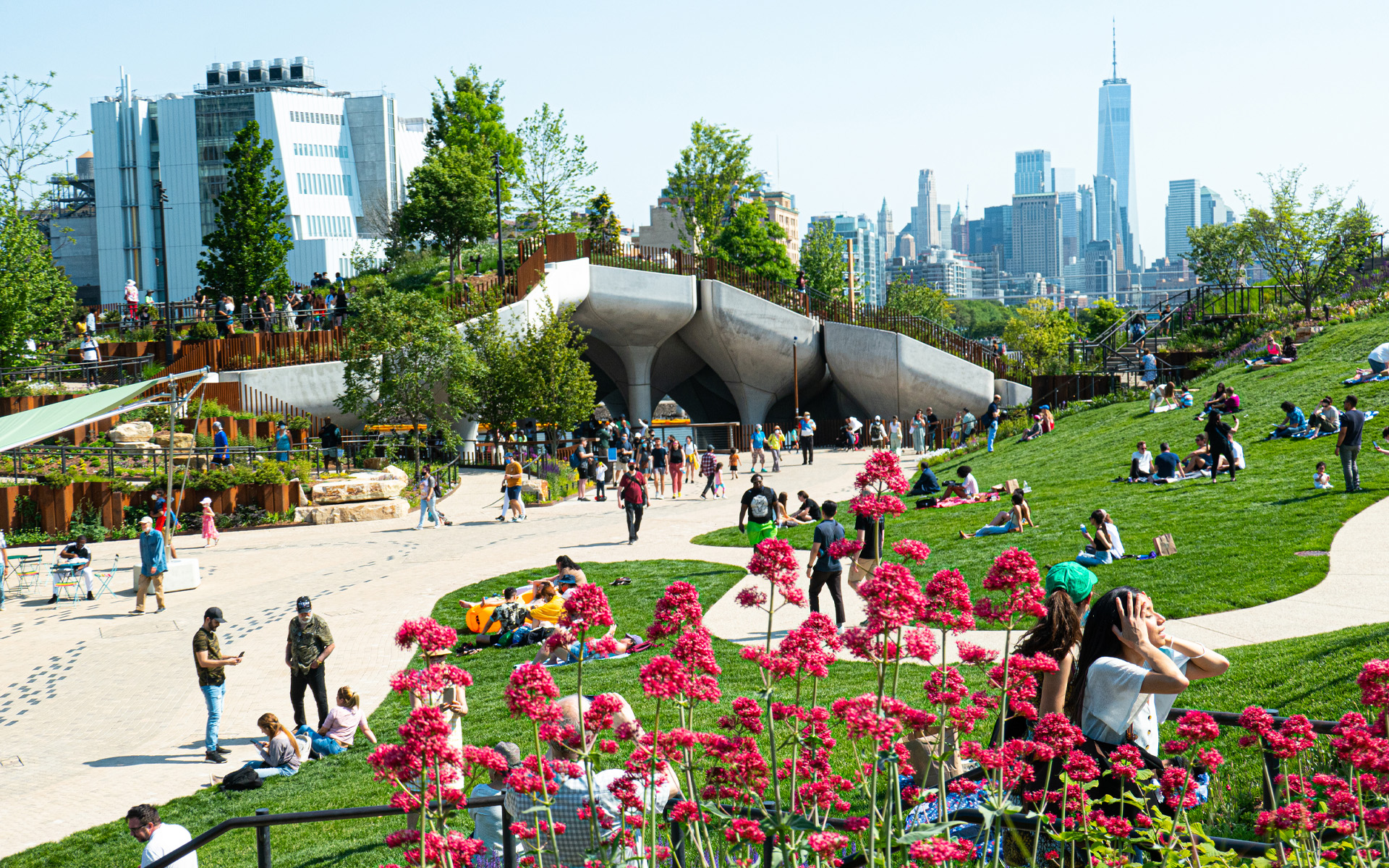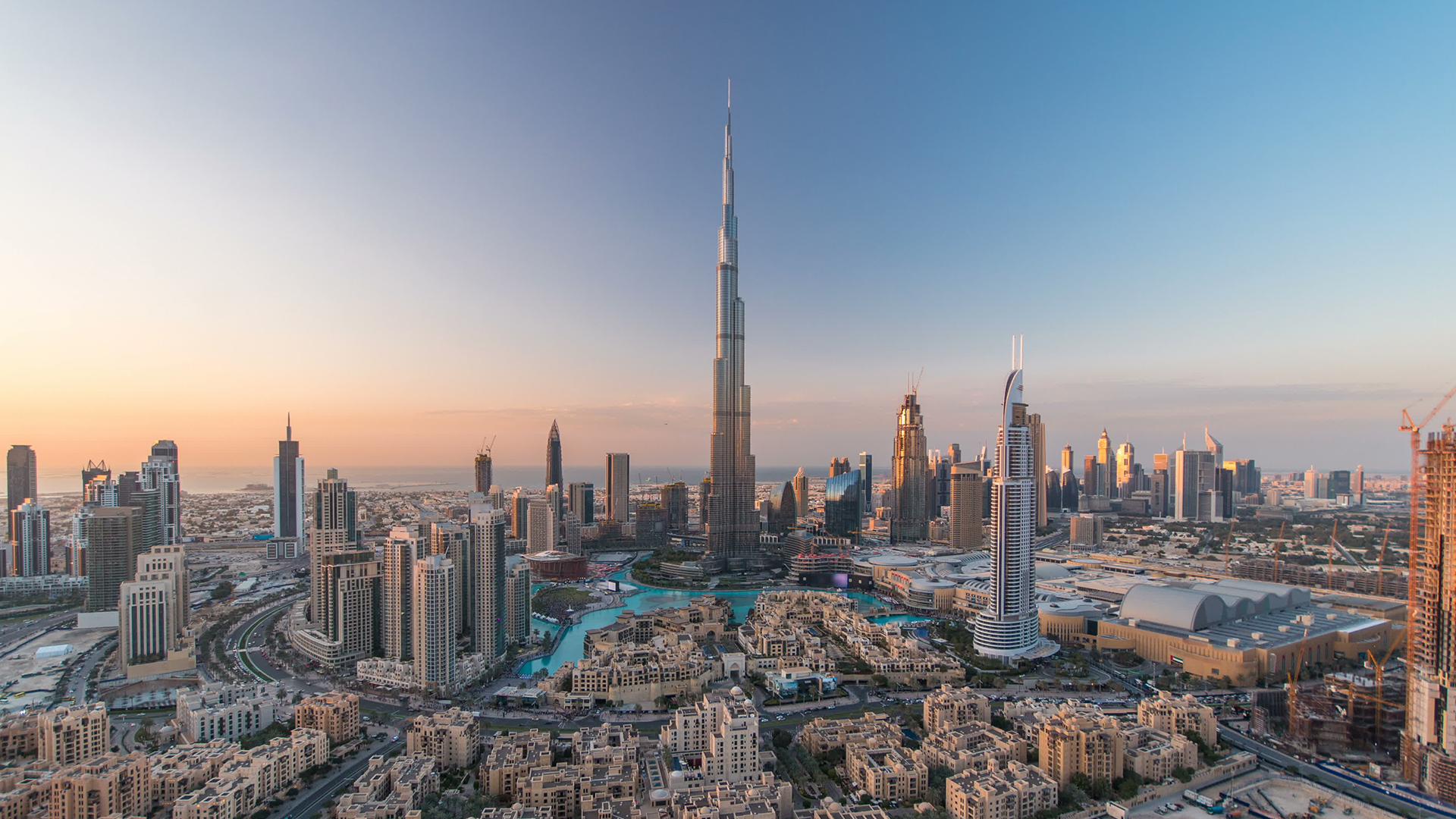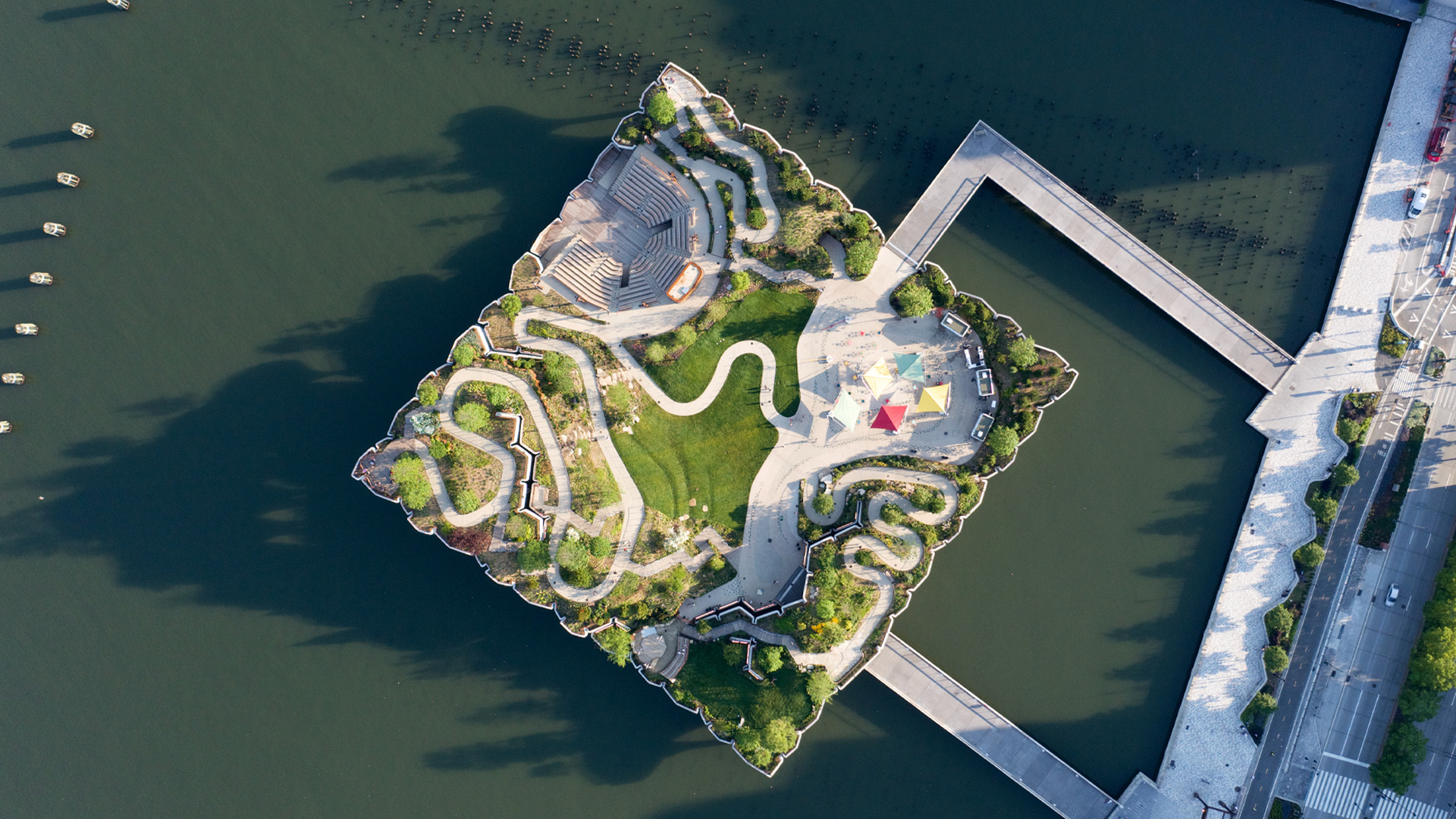
The importance of green open spaces for our physical and mental health was more apparent than ever during the COVID-19 pandemic. As cities locked down, the time residents could spend outdoors for exercise or just to get some fresh air was heavily restricted.
In New York, the amount of open space was increased in May last year by the opening of Little Island. While the metropolis already has 28,000 acres (113km2) of municipal parks, Little Island is unique. Covering 2.4 acres, it is a park that looks like it’s floating, but stands on 132 cast concrete legs which reach down into the bed of the Hudson River, on the western edge of Manhattan.
Little Island was created on the site of Pier 54, where the survivors of the 1912 sinking of the Titanic landed after their rescue. Exactly 100 years after the ‘unsinkable’ cruise liner went down on its maiden voyage to New York, the pier was destroyed in 2012 by Hurricane Sandy – leaving the river peppered with an array of headless wooden stumps.
In 2013, the Diller-Von Furstenberg Family Foundation with the Hudson River Park Trust came up with the proposal for the development. The water-based columns gave English designer, Thomas Heatherwick (the man behind the 2012 London Olympic cauldron) inspiration to design a field of concrete piles that effectively bloom at the top into a continuous undulating landscaped canopy.
Heatherwick said his team had “created a topography that would make a more dynamic social experience for visitors and give great sightlines over the river and back towards the city.” Work began in 2018 and the park officially opened on 21 May 2021.
The island neighbours Manhattan’s Meatpacking District, a trendy neighbourhood of art galleries, boutiques, bars, restaurants, the High Line and the Whitney Museum. It’s next to Hudson River Park, which is also part of New York’s pledge to restore the water’s edge for the public’s use.
Adding biodiversity to the city
The park’s flora was specifically selected to create a biodiverse habitat complete with rolling hills, walking paths, lawns, a 687-seat amphitheatre, a smaller stage for 200 visitors, and an open plaza, holding a range of programming. This includes education on local plant life, live performances, children’s programmes and partnerships with local schools.
“You get the feeling you are leaving the city,” says Rosalind Tsang, New York City representative at BDP. “Visiting Little Island engages the full range of senses: sometimes you are close to the water and it feels like a pier, other times you are on top of a hill and it feels like you are connected to the sky with the breeze blowing through your hair.
“You look back and connect to the city but at the same time, much like the feeling you get in an airplane as you rise above the clouds, you feel a disconnection from the density and hectic pace of the city – you gain perspective. It is a moment of reflection and restoration.”
Creating the park wasn’t without its building issues – constructing concrete bases with grass covered fields and theatres was expensive. Costing an estimated $260m means the new parcel of land is worth roughly $108 million per acre; a University of Illinois study calculated the average value of an acre of land in New York City to be $5.2 million.
“The undulations create microclimates that allow for a variety of plant materials, colour, activities, privacy, and views” Ann Gray FRICS, Gray Real Estate Advisors
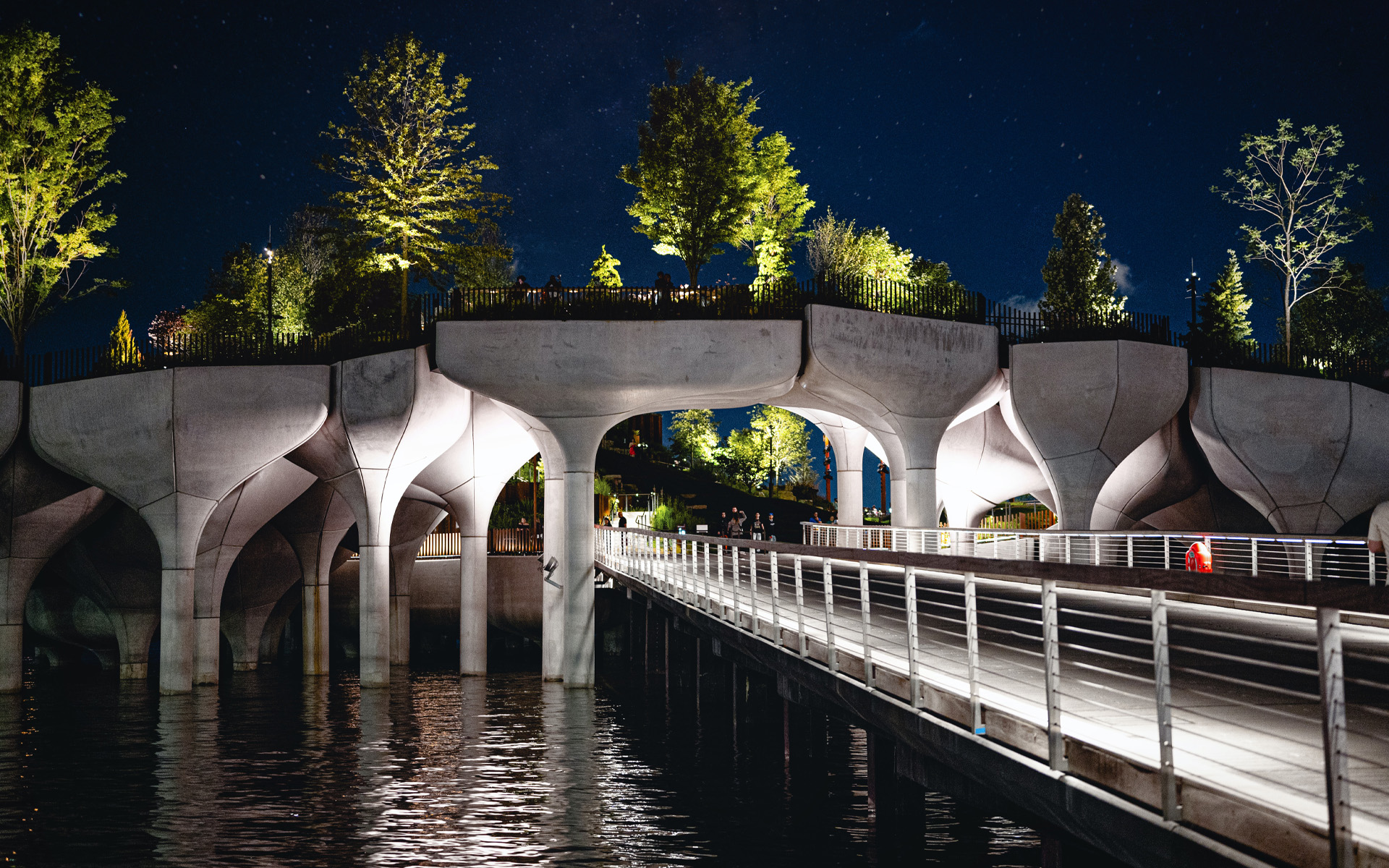
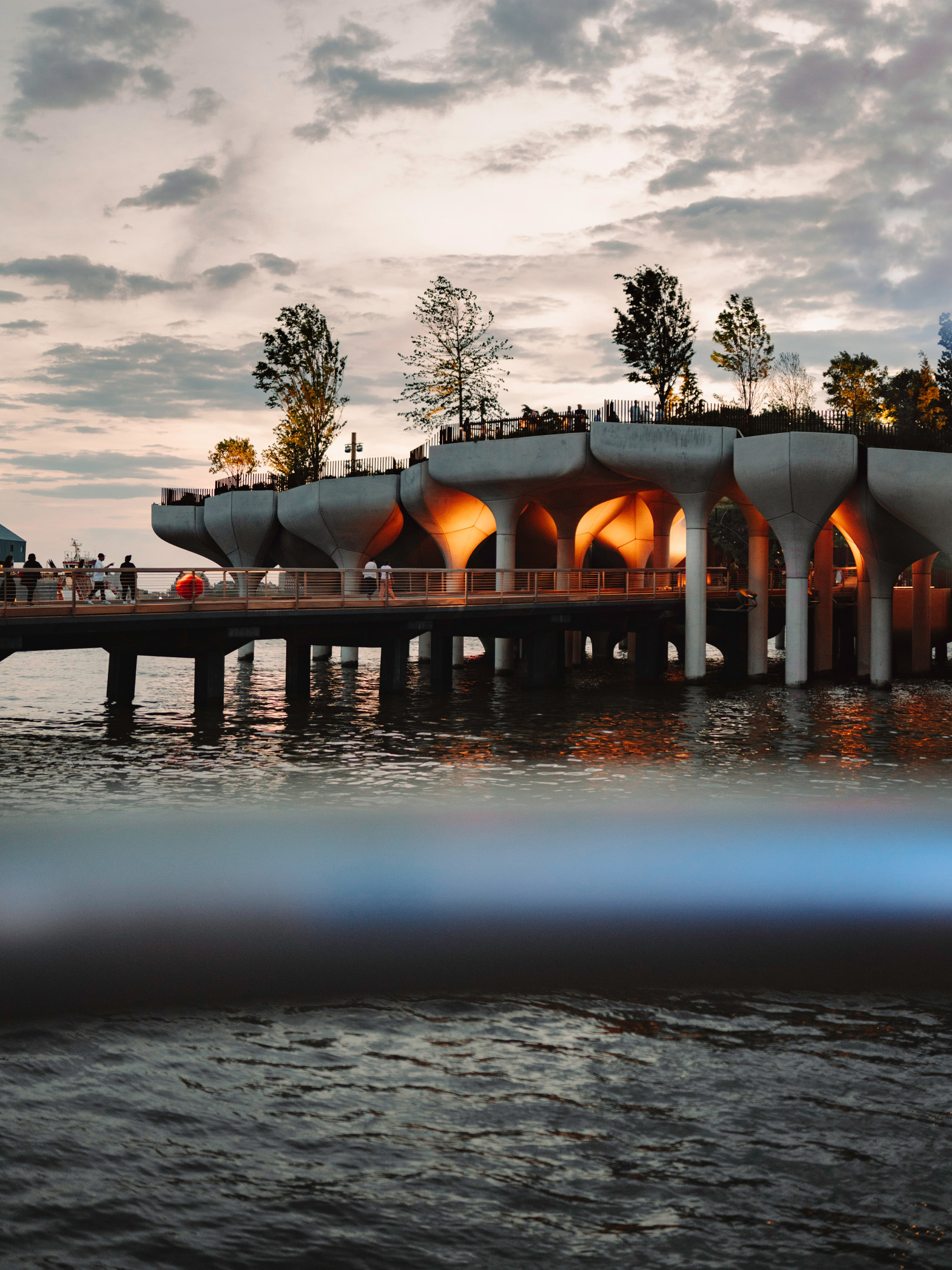
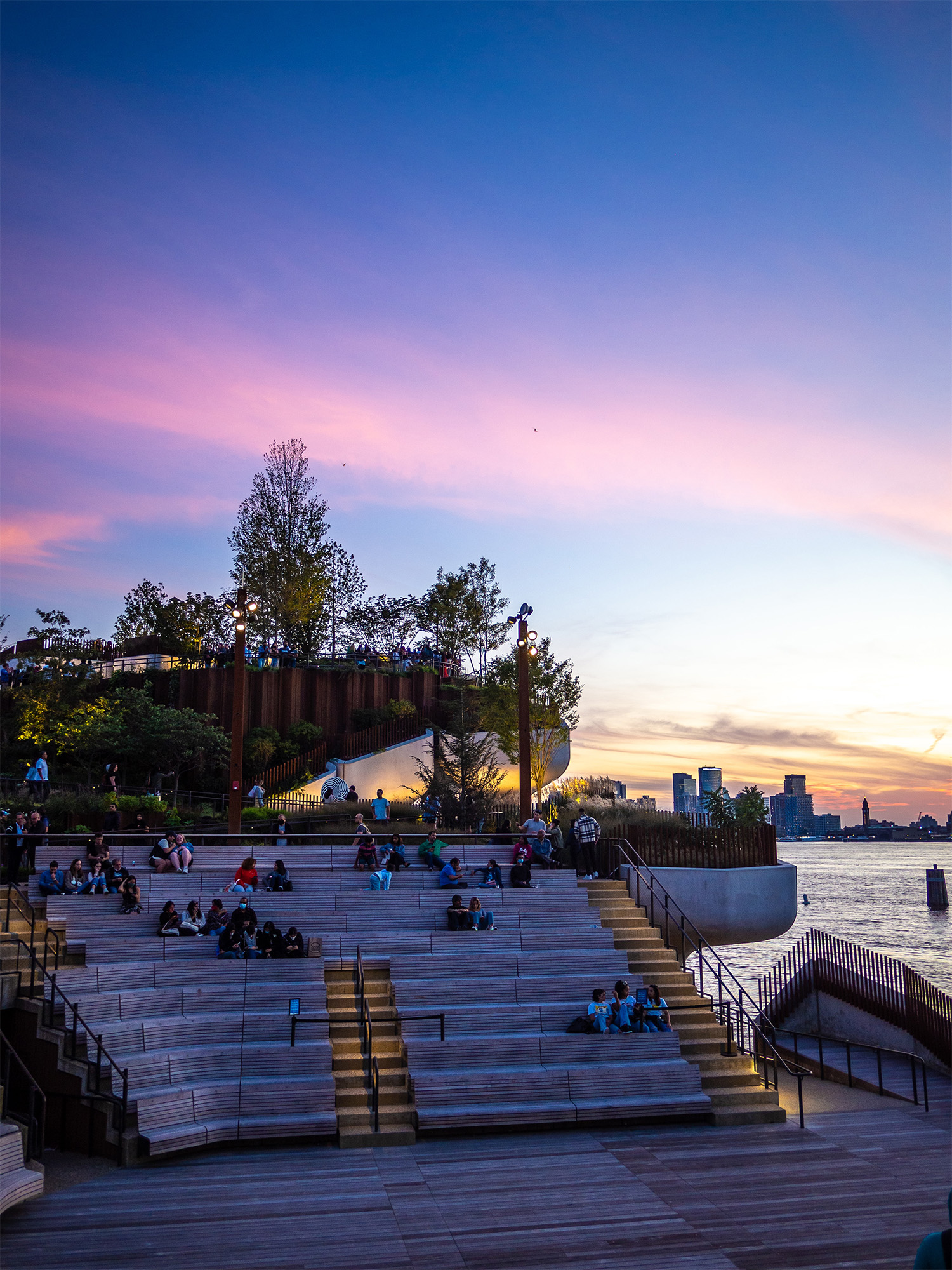
“You feel a disconnection from the density and hectic pace of the city – you gain perspective” Rosalind Tsang, BDP
A park that delivers on its promise
But the landscape design by Signe Nielsen, principal of Matthews Nielsen Landscape Architects (MNLA), is nothing less than brilliant, says Ann Gray FRICS, Gray Real Estate Advisors. “She cleverly uses the undulations to create microclimates that allow for a variety of plant materials, colour, activities, privacy, and views in what is inevitably a crowded New York place.
“For all its challenges from permission to concept to construction, the park seems to have delivered on its promise; it is free to the public in an area of the city with a dearth of recreational open space. And I’d never turn down the offer of a public park on some else’s dime.”
Neither have the thousands of New Yorkers who have flocked there since opening, to find peace and fresh air beside the Hudson River.

